 您的购物车当前为空
您的购物车当前为空
酸碱(PH)指示剂
酸碱(pH)指示剂染料是一类能够通过颜色变化反映溶液酸碱度的化学试剂,其工作原理基于分子在不同pH环境下的结构变化,广泛应用于生化实验、细胞培养基优化及生理环境监测。
- BCECF2',7'-Bis(2-carboxyethyl)-5(6)-carboxyfluoresceinT1892285138-49-4BCECF 是一种对 pH 敏感的荧光染料,是一种细胞质 pH 值指示剂,可用于检测细胞内 pH 水平。
- ¥ 892
规格数量 - Pyranine溶剂绿7, Solvent Green 7, HPTST166896358-69-6Pyranine (Solvent Green 7) 是一类用于 Cu+离子的荧光化学传感器 (λex=450 nm,λem=510 nm),是 pH 敏感的荧光指示剂。
- ¥ 196
规格数量 客户已引用
客户已引用 - Phenol Red酚红, Sulphental, Sulfonphthal, FenolipunaT0347143-74-8Phenol Red (Sulfonphthal) 是一种pH 指示染料,当出现阳性反应时,会发生由粉红色到黄色的明显颜色变化。
- ¥ 99
规格数量 - 9-AminoacridineAminacrine, 9-氨基吖啶T028990-45-99-Aminoacridine 是一种具有龋齿传播特性的抗菌剂,可用作局部消毒剂。它也是一种高度荧光染料,实验用作一种诱变剂,是细胞内 pH 的指示剂。
- ¥ 179
规格数量 - Indigo carmine酸性蓝 74, NSC-8646, NSC8646, NSC 8646, Indigotindisulfonate sodium, Brilliant IndigoT19755860-22-0Indigo carmine (NSC-8646) 是一种高效指示剂,可用于化学发光测定臭氧。
- ¥ 145
规格数量 - Acid Yellow 36酸性黄36, Metanil YellowT22229587-98-4Acid Yellow 36 (Metanil Yellow) 是一种偶氮染料和 pH 指示剂,当 pH 值从 1.2 到 2.3 时,发生由红色到黄色的颜色转变。它是 P-450 特异性同工酶和胞浆酶的双功能诱导剂,可用于皮革、造纸和纺织工业。
- ¥ 108
规格数量 - Xylenolblue对二酚蓝, p-Xylenol BlueT77561125-31-5Xylenolblue (p-Xylenol Blue) 是一种酸碱指示剂,可作为化学合成的中间体。
- ¥ 1300
规格数量 - Cresol Red sodiumT6642862625-29-0Cresol Red sodium 是一种有用的有机化合物,可用于生命科学领域的相关研究。其产品编号为 T66428,CAS号为 62625-29-0。
- 待询
规格数量 - 3,6-diacetoxy PhthalonitrileT3636983619-73-23,6-diacetoxy Phthalonitrile is a fluorescent probe for monitoring intracellular pH by flow cytometry in living cells. It rapidly crosses cell membranes and is cleaved by cytosolic esterases to form the fluorescent pH indicator 2,3-dicyano-hydroquinone (DCH), which is excited at UV wavelengths. DCH can be excited at 351 nm, with pH-dependent emission in the range of 450-476 nm (pH 5.0-10.0) using a potassium-based buffer.
- ¥ 2300
规格数量 - Aminacrine hydrochlorideNSC-7571, NSC7571, NSC 7571, Aminoacridine hydrochloride, Aminacrine HClT0289L134-50-9Aminacrine hydrochloride is a highly fluorescent anti-infective dye. It is also used as an intracellular pH indicator.
- ¥ 10600
规格数量 - Bromocresol purple sodium溴甲酚紫钠盐T8917862625-30-3Bromocresol purple (sodium) 是一种常用的PH指示剂,化学名称为溴甲酚紫钠盐 (通常简称为溴甲酚紫),属于水溶性染料.该染料在pH 5.2-6.8范围内色变特性显著,可由黄色转变为紫色.
- 待询
规格数量 - DHPDS disodium saltT8619061255-63-8DHPDS disodium salt, a pH-sensitive fluorescent dye, is utilized to measure intracellular pH (pHi) from the surface fluorescence of the isolated perfused rat liver [1].
- 待询
规格数量 - Chlorophenol red氯酚红, DichlorophenolsulphonephthaleinT860544430-20-0Chlorophenol red (Dichlorophenolsulphonephthalein) 是一种具有广泛应用的染料。在生物实验中,该染料扮演着至关重要的角色,可帮助科研人员观察细胞结构,追踪生物分子,评估细胞功能,以及区分不同细胞类型。同时,它也被用于检测生物分子,研究组织病理,并监测微生物活动,适用于从基础科学研究至临床诊断等多个领域。此外,Chlorophenol red 在染色传统领域如纺织品染色,以及新兴领域如功能性纺织品处理、食品色素应用和染料敏化太阳能电池的制造中亦有着重要用途。
- 待询
规格数量 - Aminacrine hydrochloride monohydrateAminacrine HCl monohydrateT2128052417-22-8Aminacrine hydrochloride monohydrate, a highly fluorescent anti-infective dye, is used as a topical antiseptic and mutagen due to its interaction with DNA. It is also used as an intracellular pH indicator.
- 待询
规格数量 - 5-(and-6)-Carboxy SNARF-1TD0096126208-12-65-(6)-Carboxy RhodFluor is a cell-impermeant pH indicator.
- ¥ 11450
规格数量 - Sodium 4-(3-(4-hydroxy-5-isopropyl-2-methylphenyl)-1,1-dioxido-3H-benzo[c][1,2]oxathiol-3-yl)-2-isopropyl-5-methylphenolateT6666962625-21-2Sodium 4-(3-(4-hydroxy-5-isopropyl-2-methylphenyl)-1,1-dioxido-3H-benzo[c][1,2]oxathiol-3-yl)-2-isopropyl-5-methylphenolate 是一种有用的有机化合物,可用于生命科学领域的相关研究。其产品编号为 T66669,CAS号为 62625-21-2。
- 待询
规格数量 - Bromochlorophenol Blue sodium salt溴氯苯酚蓝钠盐T88756102185-52-4Bromochlorophenol Blue sodium salt 为一种pH 指示染料,属于酸敏染料类。
- ¥ 10600
规格数量 - Phenol Red sodium saltPhenolsulfonephthalein sodium saltT1904634487-61-1Phenol Red sodium salt is a water-soluble pH indicator used in the range from 6.8 (yellow) to 8.2 (red).
- ¥ 198
规格数量 - 2-(7-Hydroxy-2-oxo-2H-chromen-4-yl)acetic acidT652776950-82-92-(7-Hydroxy-2-oxo-2H-chromen-4-yl)acetic acid 是一种有用的有机化合物,可用于生命科学领域的相关研究。其产品编号为 T65277,CAS号为 6950-82-9。
- ¥ 108
规格数量 - Chromoionophore IETH 5294T86056125829-24-5Chromoionophore I (ETH 5294) 作为一种油溶性的疏水 pH 指示剂,在多种疏水传感器膜中应用,扮演着传输或荧光探针分子的角色。
- 待询
规格数量 - 5-(and-6)-Carboxy SNARF-1, Acetoxymethyl Ester, AcetateTD0048126208-13-7The cell-permeant pH indicator, carboxy SNARF-1, acetoxymethyl ester, acetate (CAS #126208-13-7) has a pKa of ~7.5 after de-esterification, thus is useful for measuring pH changes between pH 7 and pH 8. Carboxy-SNARF-1 exhibits a significant pH-dependent
- ¥ 5587
规格数量

















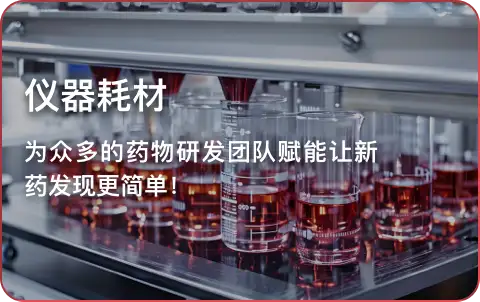
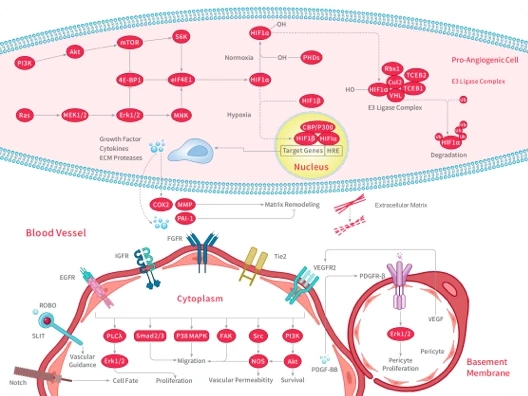
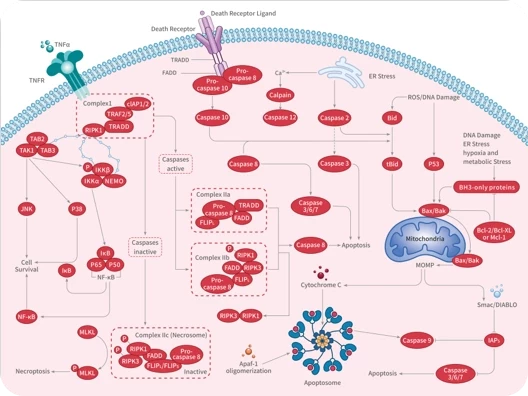
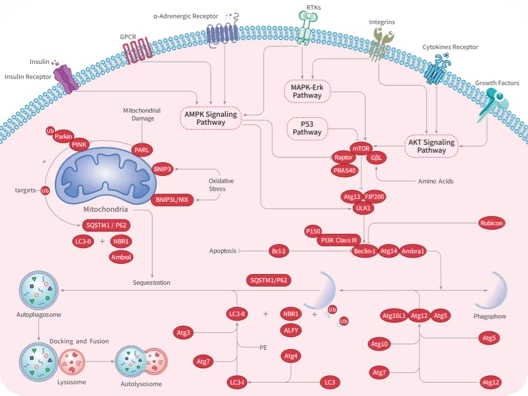

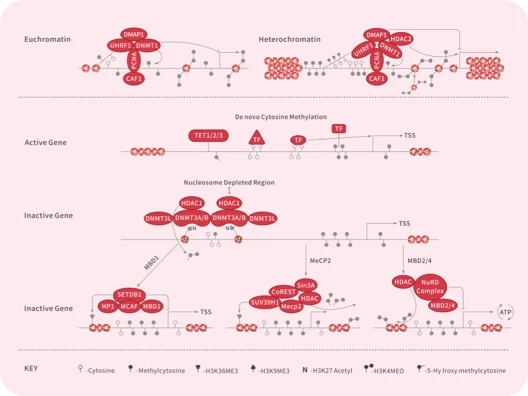
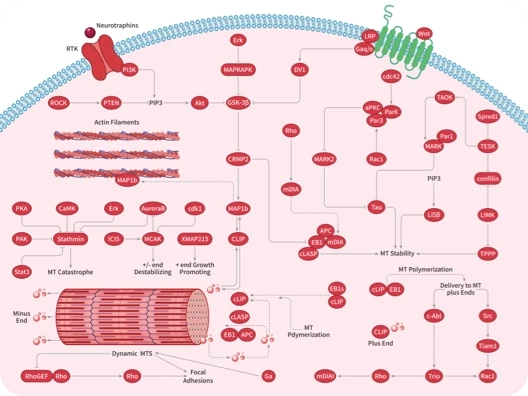
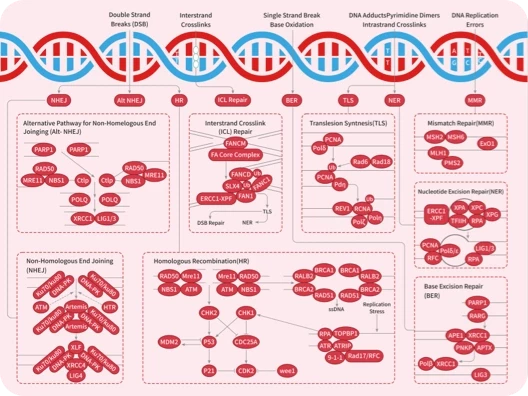
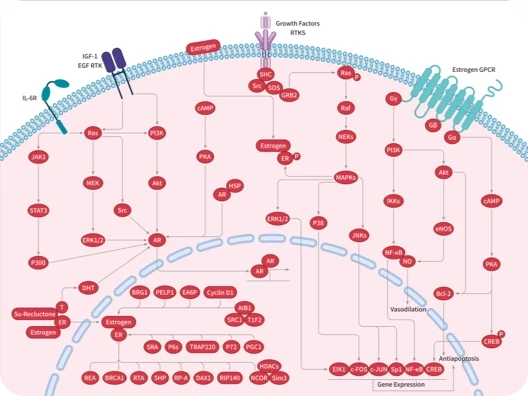
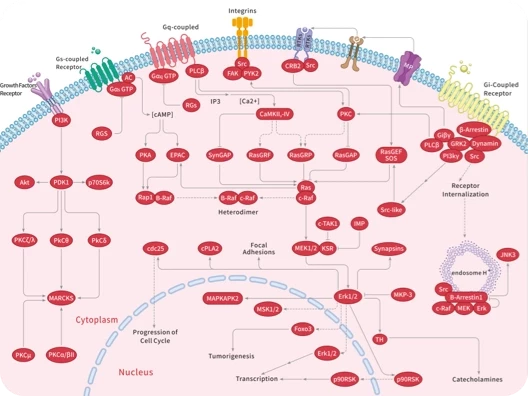

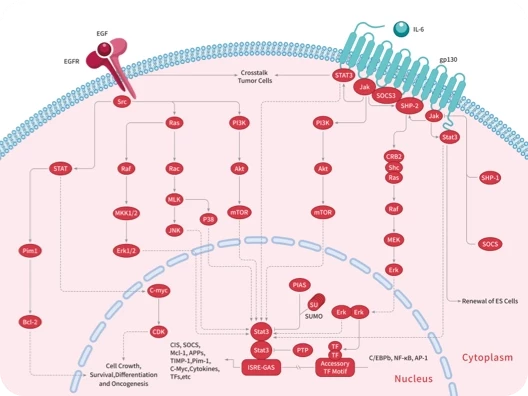
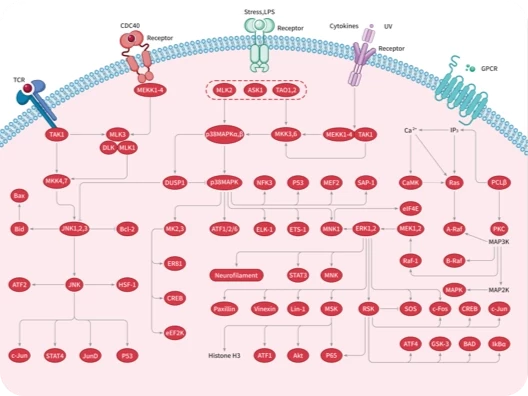
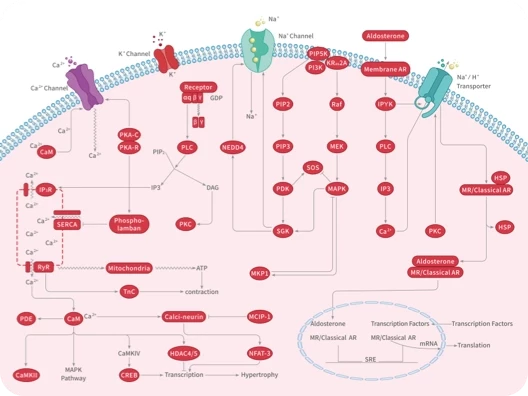
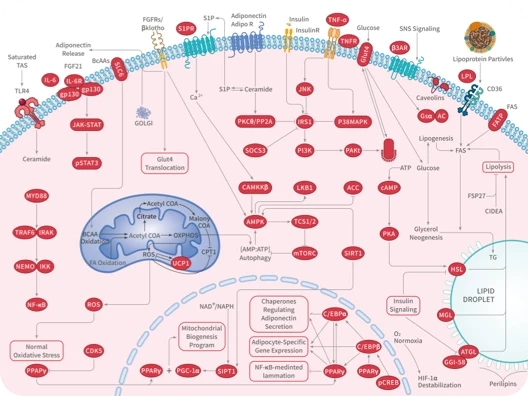
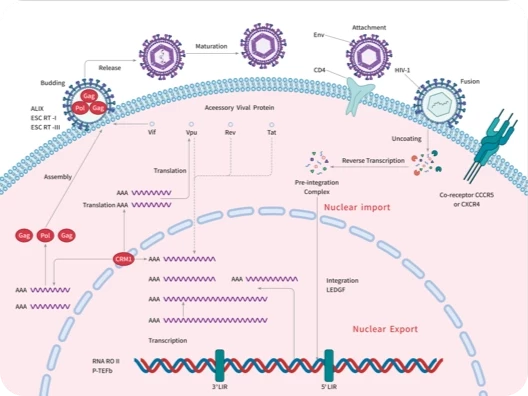

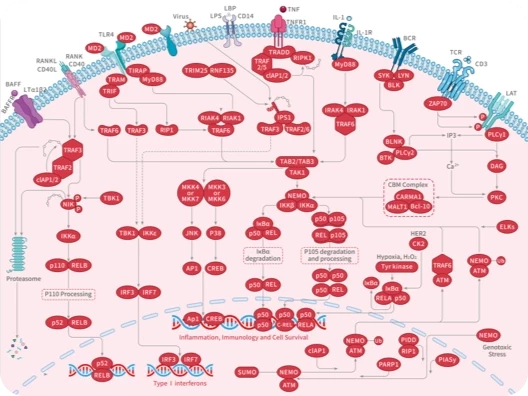
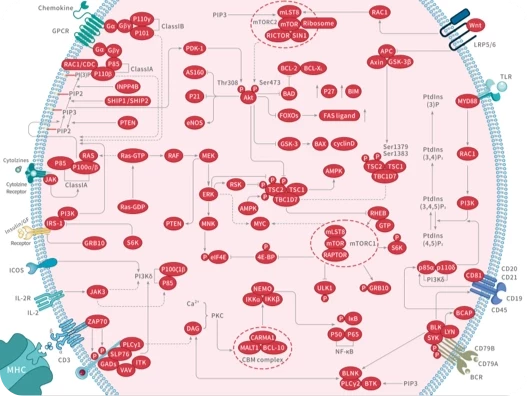
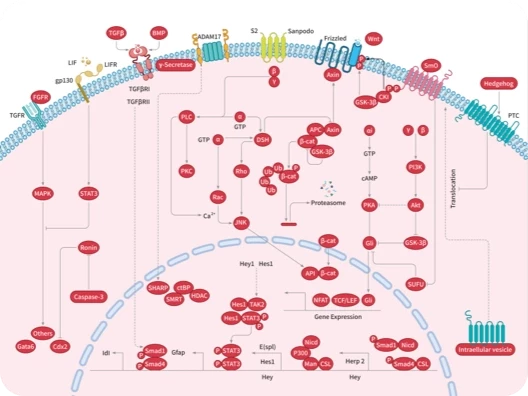
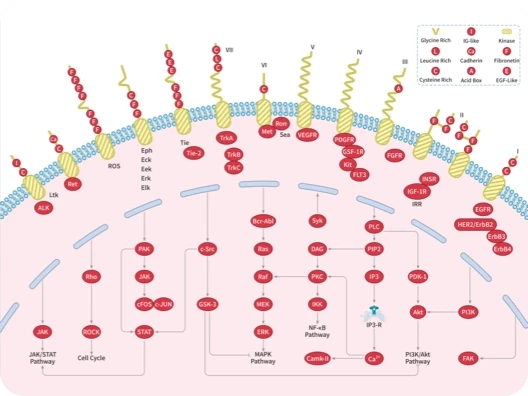
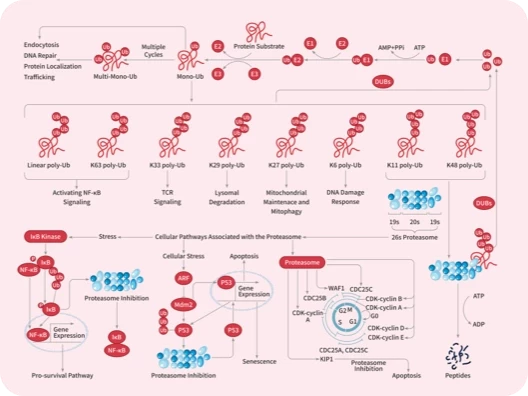

 |
|